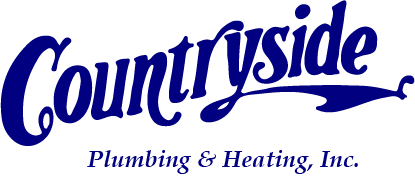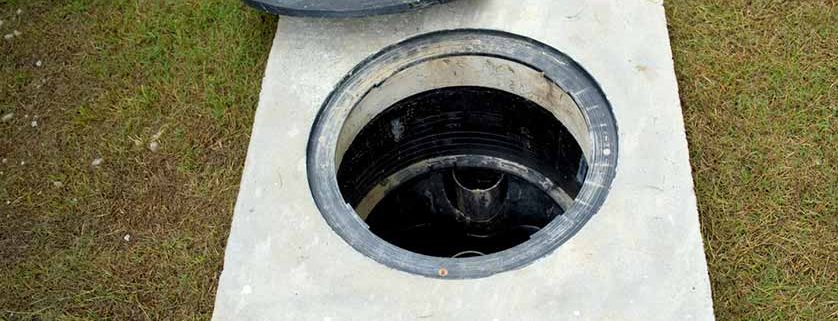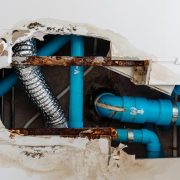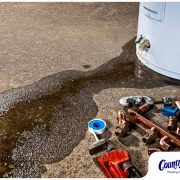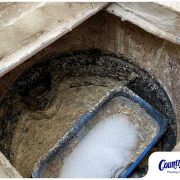Does My Home Need a Grease Trap?
When it comes to the inner workings of a residential plumbing system, the grease trap is not always the first thing that comes to mind. In this article, Countryside Plumbing and Heating, Inc. explains why this plumbing component is a great way to manage kitchen wastewater.

What Is a Grease Trap?
A grease trap, also known as a grease interceptor, is a plumbing device designed to catch fats, oils, and greases (FOGs) before they enter your home’s main sewage system. It helps prevent clogs and blockages that could lead to costly repairs or environmental harm.
Residential Grease Traps: A Sustainable Choice
Grease traps aren’t just for commercial kitchens. With the rise in food-enthusiast culture and more people cooking at home, the installation of residential grease traps is becoming increasingly common. More cooking means more FOGs, and without proper interception, they can cause significant damage to household plumbing systems. Experts would advise homeowners who find themselves whipping up greasy feasts regularly to consider investing in a grease trap. It’s an environmentally friendly option that ensures you’re not contributing to larger sewer issues and can even facilitate the recycling of greywater for garden use.
Signs You May Need a Grease Trap
If you find yourself in any of these situations, you’ll want to consider installing a grease trap for your home:
-
Frequent clogging. If your kitchen sink clogs more often than not despite careful practices, it might be time to invest in a grease trap.
-
Cooking habits. Those who cook often, especially with oils, fats, and butter, would benefit from a grease trap to avoid future plumbing headaches.
-
Environmental concerns. A grease trap can prevent harmful substances from contaminating local water systems, providing an eco-friendly solution to waste management.
Installation and Sizing
Deciding where to install a grease trap can range from under the kitchen sink to an outdoor location for easier access and maintenance. As with air conditioner installation, hiring a team of professionals is key to ensuring the grease trap’s optimal performance.
Experts can also help you choose the right size for your grease trap. A model that’s too small might lead to frequent overflow and inefficiency, whereas one that’s too large could allow for odors due to slower waste accumulation. Factors such as kitchen size, frequency of cooking, and amount of FOGs produced should influence the decision.
Keeping the Grease Trap Operational
Like any plumbing component, grease traps require maintenance. Regular cleaning and pumping out of accumulated waste are crucial to prevent overflow and inefficiency. The “one-fourth rule” is a typical guideline, suggesting that once the trap is a quarter of the way full, it’s time to have it cleaned up.
Choose Our Team of Experts!
A grease trap can be a significant addition to any home, especially for those who frequently cook or are looking for environmentally responsible solutions. With the right setup, costly plumbing emergencies can be averted, making it a savvy investment for the long-term care of your home.
Speaking of plumbing, our team at Countryside Plumbing & Heating, Inc., can be counted on for all your needs. To inquire about our services, from clogged drain repairs to central air conditioner cost, give us a call at (715) 246-2660. You may also visit our contact page to schedule an appointment.
